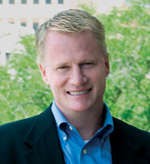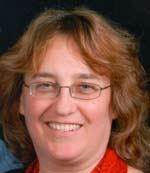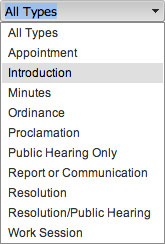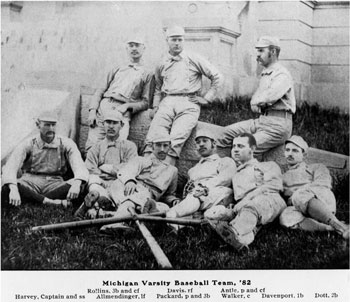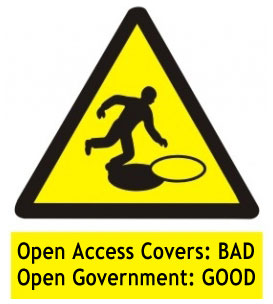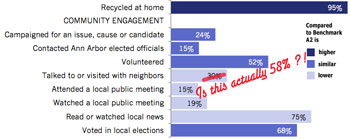In It For The Money: Presidential Stinkburger
The President of the United States visited Ann Arbor on April 2. If you want to know what he said, you can read a faithful transcript right here, or just watch the unedited remarks.
But none of that puts you in the room with the PotUS. Hearing the same four presidential soundbites about Zingerman’s and minimum wage played over and over again on the radio certainly gives you the gist of what was said; none of it was earth shattering.
In fact, I’d wager that most Chronicle readers could generate a fairly accurate facsimile of the remarks made by the PotUS working strictly from First Principles. You know what politicians are like: Y’all a good looking crowd! God bless America! Handshake-babykiss-SMILE! You know what excites East Coasters about Ann Arbor: Zingerman’s! Sportsball! Wolverines! And you know how PotUS stands on the minimum wage: Raise it!
None of that puts you in the room.
And you’re likely inclined to say: So what? What’s the use of being in the room? What’s the bother of showing up in a specific time and place to see something that’ll be on YouTube ten minutes after it happens, to be watched at my leisure? Hell, Dave: Why did you bother wasting so many hours to be in that room? Don’t you have better things to do with your time?
And, while I do have better things (or at least better paid things) to do with my time, there’s always value in being in the room. In abstract, there’s value because being in the room is The Job. It’s what I’ve said I will do for you: I will show the hell up, and tell you what the hell I saw. This is the baseline contract any newspaper should have with its readers.
And specifically, on this occasion, there was value in being in the room because some things do not come across in articles and the op-eds and the clips and soundbites – not even in the unedited audio or video. There are intangibles – including all of the things that are outside the frame of the camera, too far away for the mics to pick up, or of little interest to the reporters on hand. [Full Story]





